Hiram M. Chittenden Locks
Allowing humans and fish alike to migrate from freshwater to saltwater and back again.
A brilliant engineering feat, the Hiram M. Chittenden Locks play a crucial role in the transportation of over one million tons of cargo a year, all while accommodating and protecting the migration routes of the Pacific Northwest salmon.
In the early 1900s, the idea of connecting the freshwater of Lake Washington to the salty waters of Puget Sound was something of a pipe dream. While it was generally agreed that doing so would aid tremendously in the shipping of products and mooring of vessels, there was a great deal of discord when it came to discussing the best way to proceed with such an ambitious project.
While others had certainly schemed in the past, it was the arrival of renowned U.S. Army Corps engineer Hiram M. Chittenden that made the creation of Seattle’s Lake Washington ship canal become a reality. Prior engineers had proposed the use of wooden gates but Chittenden insisted on the necessity of concrete and steel. Construction of the Ballard locks began in 1911 but by the date of their formal opening July 4, 1917, Chittenden had suffered a serious stroke and was bound to a wheelchair. He died relatively soon after and never did get to witness the completion of his grand design, which included the construction of two locks, a spillway dam and four new bascule bridges to allow for the passage of ships from the west end of Salmon Bay all the way to the Puget Sound.
Today the Hiram M. Chittenden Locks run basically the same as their founder first envisioned, safely moving vessels ranging from the smallest kayak to the most massive cargo ship from the water level of Seattle’s lakes to the level of the Puget Sound and back again. At a very low tide that can be a difference of 26 feet. A small spillway dam is used to regulate the water levels of the canals and lakes, allowing for higher levels in the summer for recreational uses and to prepare for potential droughts. The locks also play a crucial role in preventing saltwater intrusion into the freshwater bay; significant mixing with seawater would cause serious damage to the freshwater ecosystems of Lake Washington and its tributaries.
The original construction of the Ballard Locks completely blocked Lake Washington’s natural drainage routes and the migration path of Seattle’s Pacific salmon. A fish ladder was included into the building plans to allow migratory fish to bypass the locks rather than moving through them, which would have left them highly vulnerable to predators and boat injury. Later the fish ladder was expanded and improved, and today includes “attraction water”, lures to aid the fish in finding their way to the ladder. Small amounts of lake water are released, guiding the fish through the ladder and to freshwater through their sense of smell. An underground viewing gallery has also been added, allowing visitors to observe the fish in their migration.
The Hiram M. Chittenden Locks were an innovative exercise in engineering and helped shape the city of Seattle into what it is today, drastically affecting the city’s industries, economy and even geography. Today locals and tourists alike come to watch as the two conjoined bodies of water are alternately lowered and raised, ogling as the ever-changing parade of pleasure boats, commercial vessels and aquatic animals find their way out to sea and return home again.
Know Before You Go
From Highway 99 and the Alaskan Way Viaduct exit onto Western Ave W. Follow Western until it merges with Elliott Ave W.Once on Elliott, follow it northbound and merge onto 15th Ave W.Turn left onto NW Market Street,Follow NW Market westbound through the Ballard business district.Turn left onto NW 54th Street.Turn left immediately after the Lockspot Cafe.









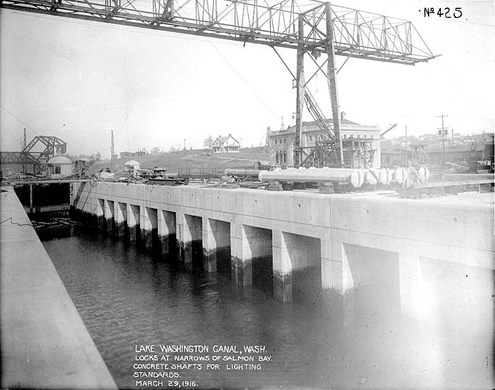
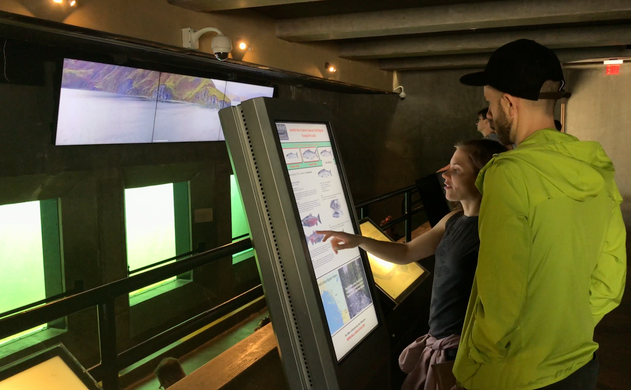
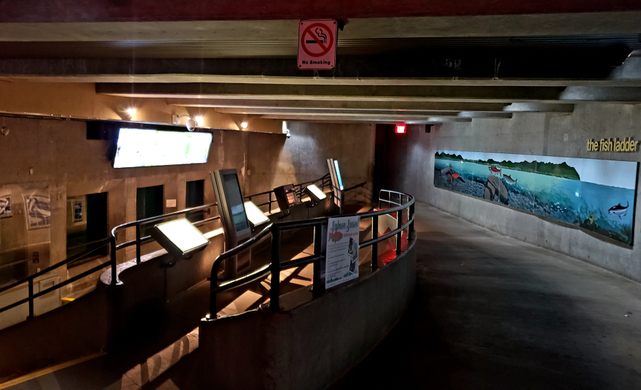
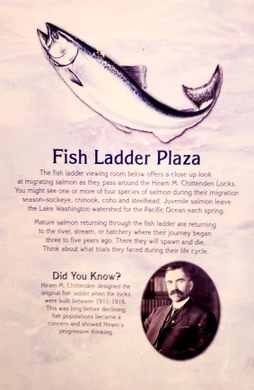
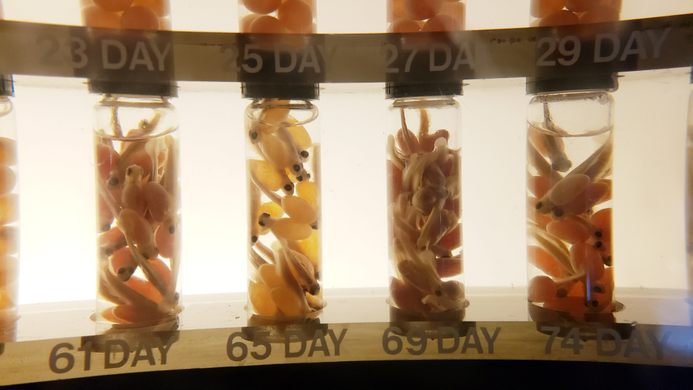
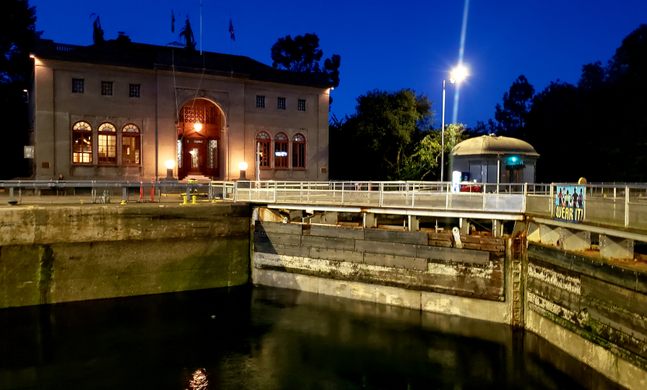




















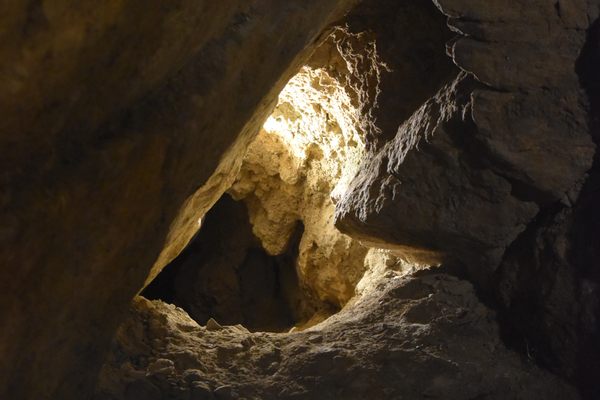
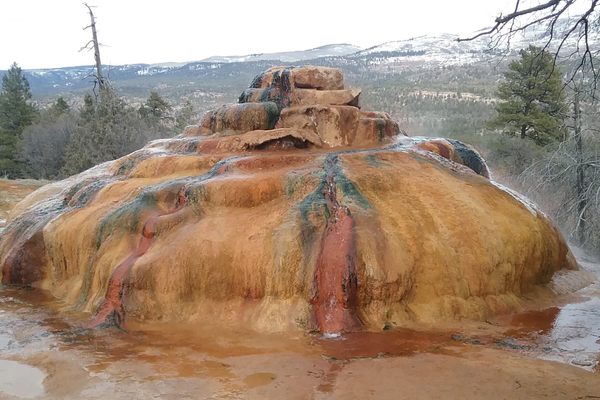
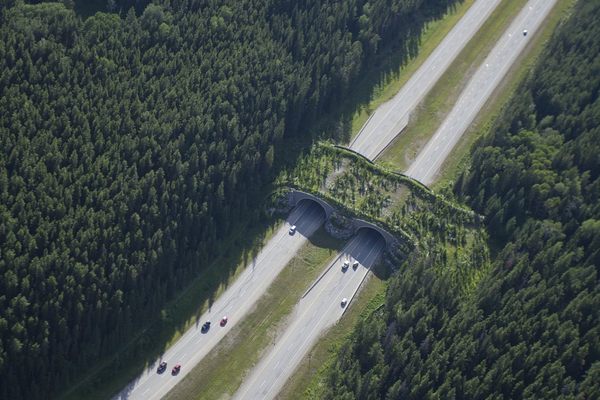

Follow us on Twitter to get the latest on the world's hidden wonders.
Like us on Facebook to get the latest on the world's hidden wonders.
Follow us on Twitter Like us on Facebook